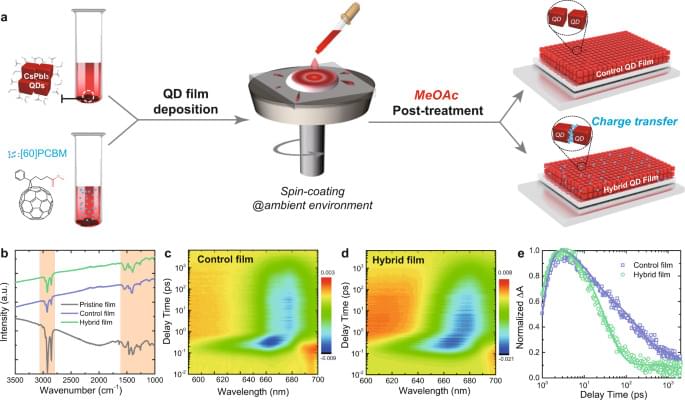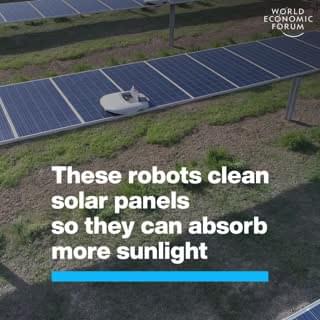Jun 3, 2022
Breakthrough artificial photosynthesis comes closer
Posted by Genevieve Klien in categories: chemistry, climatology, solar power, sustainability
Imagine we could do what green plants can do: photosynthesis. Then we could satisfy our enormous energy needs with deep-green hydrogen and climate-neutral biodiesel. Scientists have been working on this for decades. Chemist Chengyu Liu will receive his doctorate on 8 June for yet another step that brings artificial photosynthesis closer. He expects it to be commonplace in fifty years.
In fact, we can already achieve photosynthesis as green plants can. Solar energy converts CO2 and water into oxygen and chemical compounds that we can use as fuel. Hydrogen for example, but also carbon compounds like those found in petrol. But the costs are higher than the value of the fuel it yields. If that changes, and we can scale up this artificial photosynthesis gigantically, then all our energy problems will be solved. Then CO2 emissions from energy production will become negative.

















